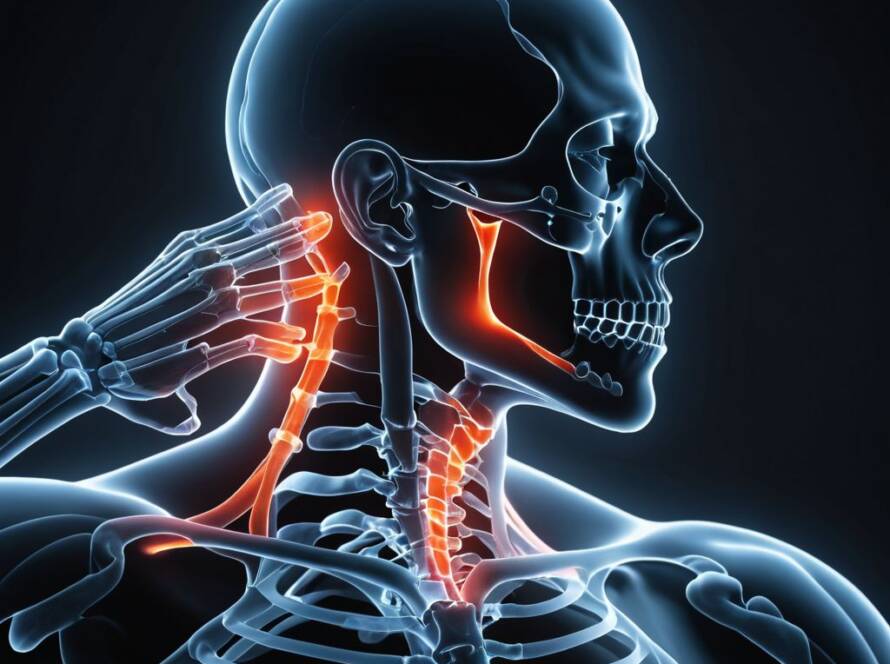Understanding Fascia Plasticity: A Comprehensive Guide
Fascia plasticity is a term that has been gaining traction in the world of physical therapy and bodywork. But what exactly is it? Simply put, fascia plasticity refers to the ability of the fascia, a connective tissue that surrounds muscles, bones, and organs, to change and adapt in response to physical stress and movement. This concept is crucial in understanding how our bodies function, heal, and adapt to different physical conditions. The fascia is a complex network of connective tissue that extends throughout the body, providing support and protection to the body’s structures. It’s like a three-dimensional web that connects every part of the body, from the top of the head to the tips of the toes. Fascia is incredibly resilient and adaptable, capable of changing its structure and function in response to physical stress, injury, or disease. This ability to adapt and change is what we refer to as fascia plasticity. Fascia plasticity is a relatively new concept in the field of bodywork and physical therapy. For many years, the fascia was largely overlooked in medical studies and was often considered just a “packing material” for the body. However, recent research has shown that the fascia plays a much more significant role in our health and well-being than previously thought. It’s now understood that the fascia is not just a passive structure but an active, dynamic system that can influence our movement, posture, and even our emotional state. The concept of fascia plasticity is particularly relevant in the context of injury and healing. When we experience an injury, the fascia around the injured area can become tight and restricted, leading to pain and limited mobility. However, because of its plasticity, the fascia can also adapt and change in response to this injury. With the right kind of physical therapy or bodywork, the fascia can be encouraged to release these restrictions and return to a more healthy and functional state. Fascia plasticity also plays a crucial role in our everyday movement and physical performance. When we engage in regular physical activity, the fascia adapts to support and facilitate this movement. For example, runners often develop a highly adapted fascial system in their legs and feet that helps them run more efficiently. On the other hand, a lack of physical activity can lead to a loss of fascia plasticity, resulting in stiffness and reduced mobility. Understanding fascia plasticity can also have profound implications for our mental and emotional health. The fascia is richly innervated with nerve endings, making it highly responsive to emotional stress and tension. When we experience emotional stress, this can manifest as physical tension in the fascia, leading to pain and discomfort. However, by working with the fascia through bodywork or physical therapy, we can help release this tension and promote a greater sense of physical and emotional well-being. In conclusion, fascia plasticity is a fascinating and important concept that has the potential to revolutionize our understanding of the body and its capacity for healing and adaptation. By recognizing the fascia as an active, dynamic system, we can better understand how to support our bodies in maintaining health, recovering from injury, and optimizing physical performance. Whether you’re a professional athlete, a physical therapist, or just someone interested in improving your health and well-being, understanding fascia plasticity can provide valuable insights into the incredible adaptability of the human body.


